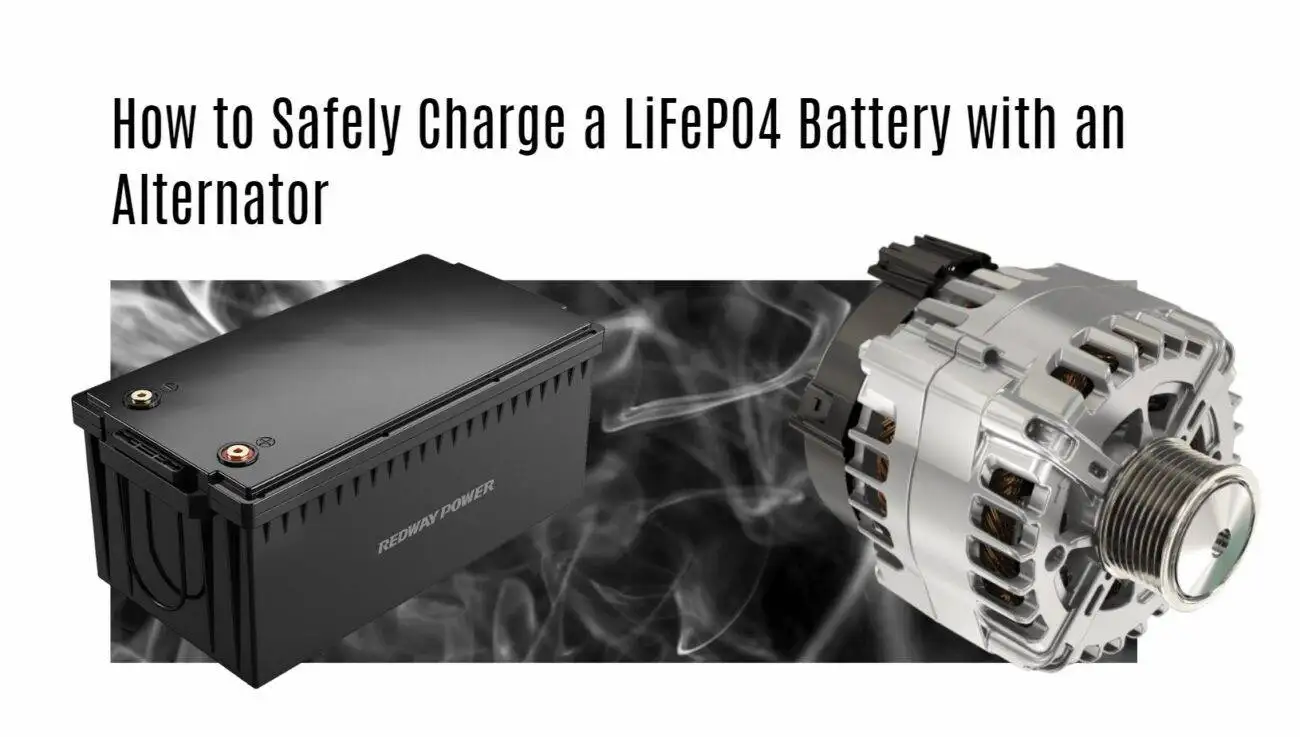Building a DIY golf cart lithium battery involves selecting the right voltage and capacity, assembling lithium cells safely with a Battery Management System (BMS), and properly installing the pack for reliable performance. A well-designed DIY lithium battery can improve your golf cart’s range, power, and lifespan significantly.
How Do I Determine the Voltage and Capacity Needs for a DIY Golf Cart Lithium Battery?
Determining the correct voltage and capacity for your golf cart battery is crucial to ensure compatibility and performance. Golf carts typically run on 36V, 48V, or 72V systems. To build a lithium battery pack, calculate the number of 3.7V lithium cells required in series to reach your cart’s voltage (e.g., 13 cells in series for a 48V pack) and plan the parallel connections to achieve your desired amp-hour (Ah) capacity for runtime.
Choosing the right voltage matches your motor specification, while the capacity influences how long the golf cart runs before recharging. For example, a 48V 100Ah battery offers longer range but requires more cells in parallel.
What Materials and Tools Are Needed to Build a Lithium Battery for a Golf Cart?
Building a DIY lithium battery requires the following:
High-quality 3.7V lithium-ion or LiFePO4 cells with matched capacity and quality
A suitable Battery Management System (BMS) to monitor cell voltage and protect against overcharge/over-discharge
Nickel strips or bus bars for cell connections
Spot welder for secure and safe cell joining (avoid soldering directly to cells)
Insulation materials and a battery enclosure for safety and durability
Wiring, connectors, fuses, and a charger compatible with your pack voltage
Multimeter and battery capacity tester for diagnostics
These materials ensure a safe, long-lasting battery pack, while tools like the spot welder and BMS are essential for durability and safety.
How Do I Design the Cell Configuration and Assemble the Battery Pack?
You design the battery pack by configuring lithium cells in series to increase voltage and in parallel to increase capacity. For example, to build a 48V pack with a 100Ah capacity, arrange 13 cells in series (13 x 3.7V = ~48.1V), and replicate this series string 27 times in parallel to reach the required amp-hours, yielding a 13s27p configuration.
Assembly steps include:
Lay out cells according to your design.
Use nickel strips and a spot welder to connect positive to negative terminals for series and parallel groups.
Integrate the BMS by connecting its leads to each series group for voltage monitoring.
Secure cells with insulation and install the pack in a sturdy, ventilated enclosure.
Test pack voltage, capacity, and balance before final installation.
Careful assembly protects cells from damage and prevents electrical faults.
What Safety Precautions Should I Take When Building and Using a DIY Lithium Golf Cart Battery?
Safety is critical when building lithium batteries due to risks like thermal runaway, short circuits, and overcharging. Precautions include:
Using a quality BMS to balance cells and prevent overcharge/over-discharge.
Avoiding direct soldering on cells; use spot welding instead to prevent heat damage.
Installing fuses and circuit breakers to protect against short circuits and excessive current.
Ensuring proper insulation and enclosure for mechanical protection and ventilation.
Testing battery under load before use and regularly monitoring temperature during operation.
Using a charger designed for your specific battery voltage and chemistry.
Adhering to these guidelines minimizes risks and extends battery life.
How Do I Properly Install and Connect the DIY Lithium Battery to My Golf Cart?
Once assembled and tested, install the battery pack securely in your golf cart’s battery compartment. Use heavy-duty wiring and connectors rated for the pack’s voltage and current. Connect the pack to the motor controller according to manufacturer instructions, ensuring polarity is correct.
Ensure the connection uses appropriate fusing and that wiring is insulated and protected from vibrations or abrasion. Finally, connect and configure your charger to the battery pack, and perform initial charge and discharge cycles while monitoring voltage and temperature.
What Maintenance Is Required to Keep a DIY Lithium Golf Cart Battery in Good Condition?
Routine maintenance includes:
Regularly checking cell balance and BMS status via monitoring tools.
Keeping the battery charged between 20-80% to optimize lifespan.
Inspecting for signs of swelling, corrosion, or damaged wiring.
Keeping terminals clean and securely connected.
Storing the battery in a cool, dry place when not in use.
Following these steps ensures performance and safety over the battery’s operational life.
How Does a DIY Lithium Battery Compare to Traditional Lead-Acid Batteries for Golf Carts?
DIY lithium batteries offer several benefits compared to lead-acid:
| Feature | Lithium (DIY) | Lead-Acid |
|---|---|---|
| Weight | Lighter (~50% less) | Heavier |
| Cycle Life | 600-1000+ charge cycles | 300-500 cycles |
| Maintenance | Low, no watering required | Regular watering needed |
| Efficiency | Higher (95% charge efficiency) | Lower (70-80%) |
| Cost | Higher initial cost | Lower upfront cost |
| Performance | Consistent power delivery | Voltage drops under load |
A DIY lithium pack from trusted manufacturers like Redway Battery can outperform lead-acid batteries in power, longevity, and overall golf cart performance.
What Are Common Challenges When Building DIY Lithium Batteries and How to Overcome Them?
Challenges include:
Ensuring cell matching for capacity and resistance to avoid imbalances.
Properly integrating and configuring the BMS for safety and longevity.
Achieving reliable, heat-safe connections between cells.
Avoiding overcharging or deep discharging which can damage cells.
Managing cost and sourcing quality cells.
Overcome these by purchasing matched cells, using a reputable BMS, employing proper assembly tools like spot welders, and following manufacturer guidelines carefully.
Redway Battery Expert Views
“DIY lithium golf cart batteries represent a significant leap forward in electric vehicle power solutions,” states a Redway Battery senior engineer. “At Redway, we prioritize safety and performance by offering LiFePO4 cells and customizable battery management systems tailored for golf carts. Our engineering innovations help enthusiasts build reliable and efficient battery packs that extend run times and reduce maintenance burdens. This aligns with our commitment to enable sustainable, high-performance electric mobility with OEM-quality standards even in DIY projects.”
Summary: Key Takeaways and Actionable Advice
Start by determining your golf cart’s voltage and desired battery capacity.
Use quality 3.7V lithium cells arranged in series and parallel to meet voltage and amp-hour needs.
Equip your battery pack with a proper BMS for cell balancing and safety.
Assemble using spot welding and secure insulation to prevent damage.
Install with correct wiring, fuses, and connectors tailored to the voltage/current demands.
Maintain regularly by monitoring charge state, temperature, and physical condition.
A DIY lithium battery from trusted providers like Redway Battery offers superior performance to lead-acid alternatives, increasing golf cart speed and longevity.
FAQs
1. Can I use any lithium cells to build a golf cart battery?
Use matched, high-quality lithium cells (preferably LiFePO4 for safety and longevity) to ensure balanced and reliable operation.
2. How important is a Battery Management System (BMS)?
Essential—it protects against overcharge, over-discharge, and balances cells to prevent failure or fire hazards.
3. Is spot welding necessary, or can I solder?
Spot welding is strongly recommended to avoid heat damage to cells, which soldering can cause.
4. How long do DIY lithium golf cart batteries last?
Typically between 600 and 1000 charge cycles, depending on usage and maintenance.
5. How do I charge my DIY lithium battery safely?
Use a charger specifically designed for your battery’s voltage and chemistry with proper charging profiles.







